
I believe my mom cooked more with cast iron than my grandma ever did. At least, in my lifetime. Growing up, I didn’t really understand that cast iron needed tender, loving care. It’s like a living and breathing extension of your kitchen. One that I now thoroughly enjoy as an adult in my very own kitchen.
But keeping cast iron seasoned and non-stick can be challenging for some. It was challenging for me at first, and sometimes, when I’m lazy (oh yes, I can be!), it still kicks me in the teeth and says “ha ha, you’ll have to season me again!”
Most of the time, however, when I bring my cast iron skillets and pans out, I am greeted with a deep, rich, black blanket of color that could put a smile on any homesteaders face. And here’s why…

There are some things you should consider before using cast iron.
For starters, when you use a cast iron skillet or pan, please keep in mind that the iron does leach into your food. It’s the same with copper pans, etc. This normally isn’t a bad thing, especially for many of those needing extra iron in their blood. However, if you already have too much iron in your body, or you have a health condition that could be affected by additional iron, then I would ask your health professional their opinion on using it. Otherwise, you should be perfect fine. There’s nothing wrong with using cast iron. We choose not to use ours for every single meal, normally only using it for dinner time.

How To Season A Cast Iron Pan
Seasoning a CI pan is important. Before you do anything else with that pan when you purchase it (or find it for a steal at Goodwill), you must wash and season it properly.
- Start by washing the pan out well with a mild dish soap and sponge. Concentrate on any heavily soiled spots with a scrubber. These scrubbers are great for restoring CI, but aren’t typically used to clean CI on a regular basis. Once your CI is properly seasoned and used correctly, you won’t need this tool often. However, it’s great to keep on hand for those tough, grimey, exceptions.
- Next, dry your pan on the stove top on a low or medium heat. Once your pan is dry, coat your entire pan (inside, outside, and handle) with a fat such as coconut oil, avocado oil, or lard. These three fats can reach and withstand higher temperatures for longer amounts of time, versus the everyday olive oil.
- Preheat oven to 450 and place your CI pan upside down, directly on the oven rack. Bake for 1 hour, or until the fat is no longer visibly wet. Your pan will most likely smoke—this is completely normal. Be sure to keep the door closed until the pan has cooled. You can practice this step as many times in a row as necessary, until your pan is a deep rich black.

How To Keep a Good Seasoning on Your Pan
More so than actually seasoning the pan itself, I would say keeping it seasoned well, as to maintain its non-stick surface, is probably the most challenging. Here’s what I have discovered to make my CI pans remain non-stick and seasoned.
- Always start with a pat of fat in your cast iron pan before placing your food in it. I feel like this is something we all do, but apparently many people don’t add butter or a fat to their pan before cooking in a non-stick skillet. This is probably one of the more essential ways to keep your CI seasoned properly. The fat in the pan creates an extra barrier before food is place directly on the surface. And in all honesty, it’s just being culinarily proper! I bet culinarily isn’t a word….
- Clean your CI pan as soon as it can be easily handled without burning yourself. It is much easier to clean a CI pan when it is still warm than once it has cooled. Unless you are cooking something extra greasy in it (like fried chicken), you should just be able to wipe the pan clean with a damp rag, or you can run it under the faucet and wash with a sponge (soft side). I am not one of those “don’t use dish soap” people. If you find that you’ve left the pan a little too long and need some extra power, or it’s just plain greasy, a drop or two of dish soap doesn’t hurt. I will say, however, that if your pan is getting a little ratty, and you want to cook something that will season it without having to actually “season” it….make fried chicken.
- Dry your CI pan completely after being washed. If you leave a CI pan to air dry, the water can seep into the pans pores, causing the breaking down of the seasoning. Or worse, the breaking down of the iron pan. Place your CI pan on a burner on your stove top and let it dry out through that direct heat for about 5 mins or so.
- Try to stay away from dish soap as much as possible. A properly seasoned CI pan won’t need dish soap or a scrubbing agent (unless extra greasy like mentioned above), though there are certainly exceptions.
- Never leave food in a CI pan for storage. I learned this the hard way. I had made a lasagna skillet dish one evening, and instead of placing it in storage containers, I just left it in the pan and refrigerated the entire pan. No no, don’t do that. I regretted it the next day! The food will begin to break down the pans seasoning and could even start the rusting process.

Ultimately, while caring for cast iron may be slightly different than your normal kitchen routine, you’ll come to love the dance. It becomes an extension of who you are, and eventually, you’ll just tend to it without even realizing it.
When you finally reach the expert level of seasoning, you’ll think to yourself, so this is what a properly seasoned cast iron skillet looks like. And you’ll grin with joy. And you’ll wonder what took you so long to get to this point. You’ll have break downs. You’ll forget every now and then. But once you’ve been successful, you’ll never want an improperly seasoned cast iron skillet again. And you will realize that there is very little scrubbing involved…ever.
Cast Iron, in the long run, makes our homestead run smoother. It’s one less dish to have to put into the sink (we don’t have a dishwasher). And it’s one more way to make our food taste even better!


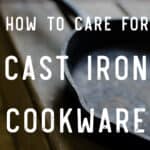

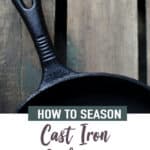
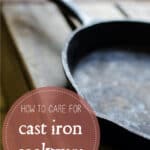

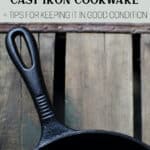


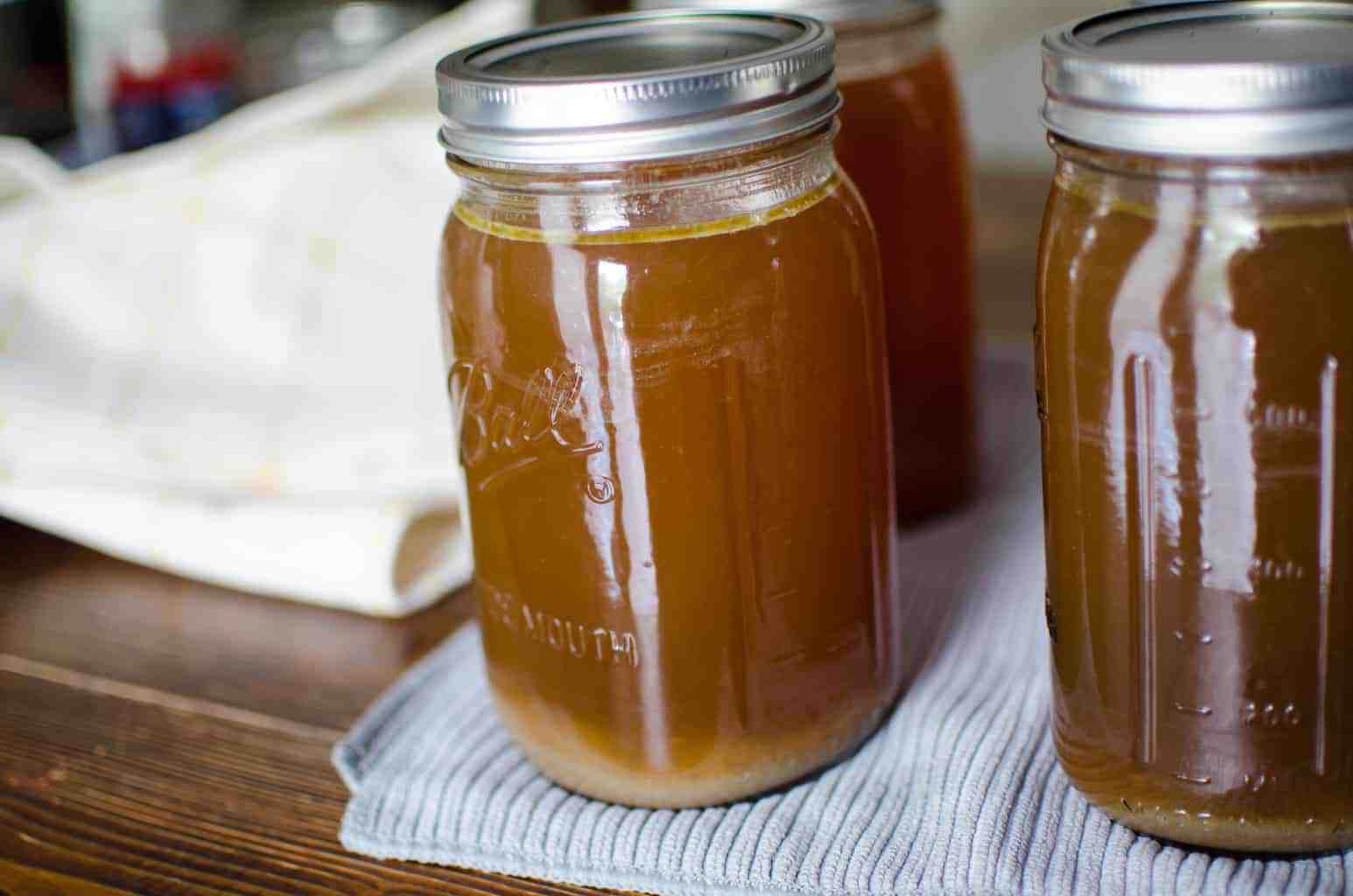
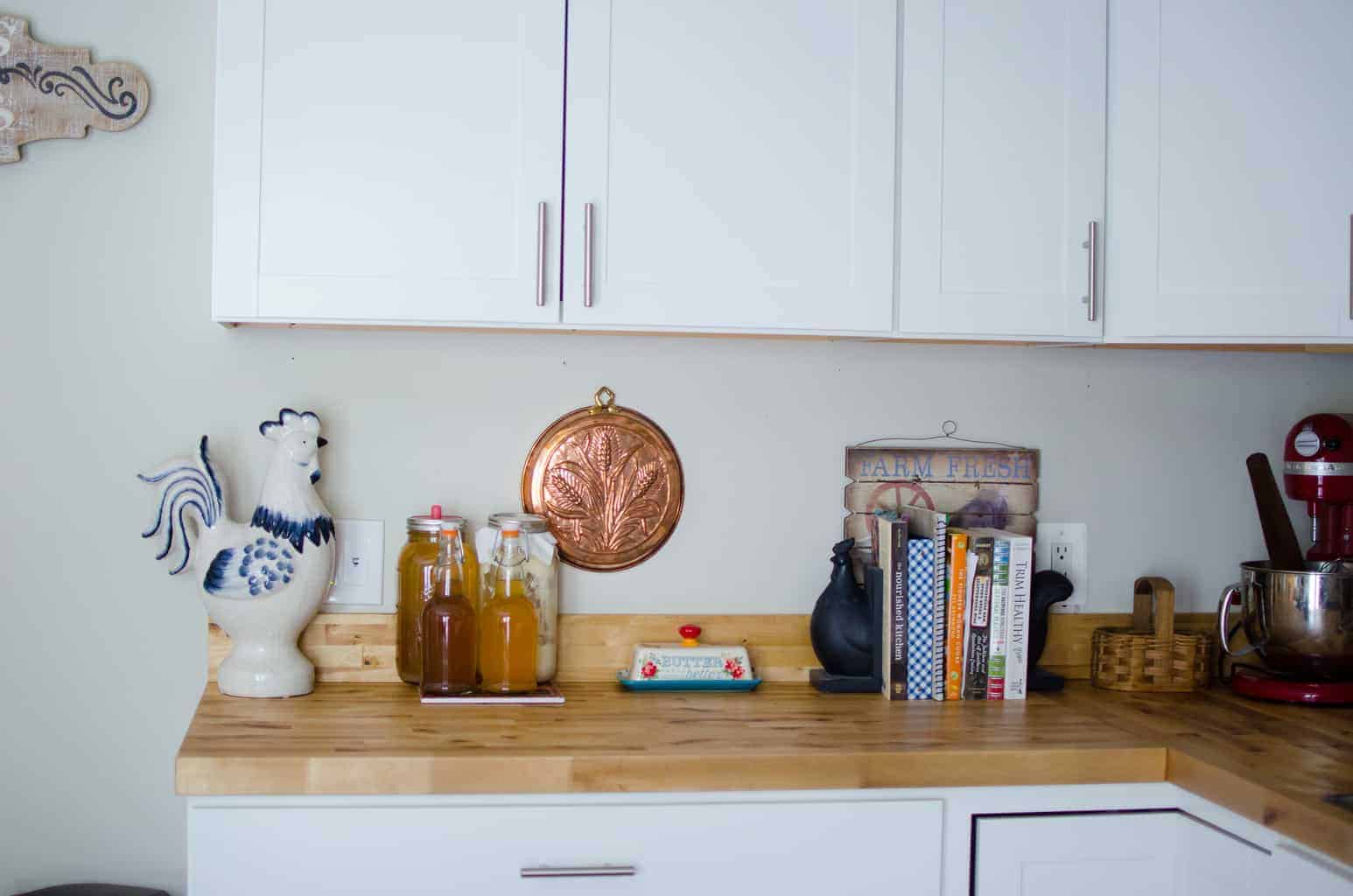
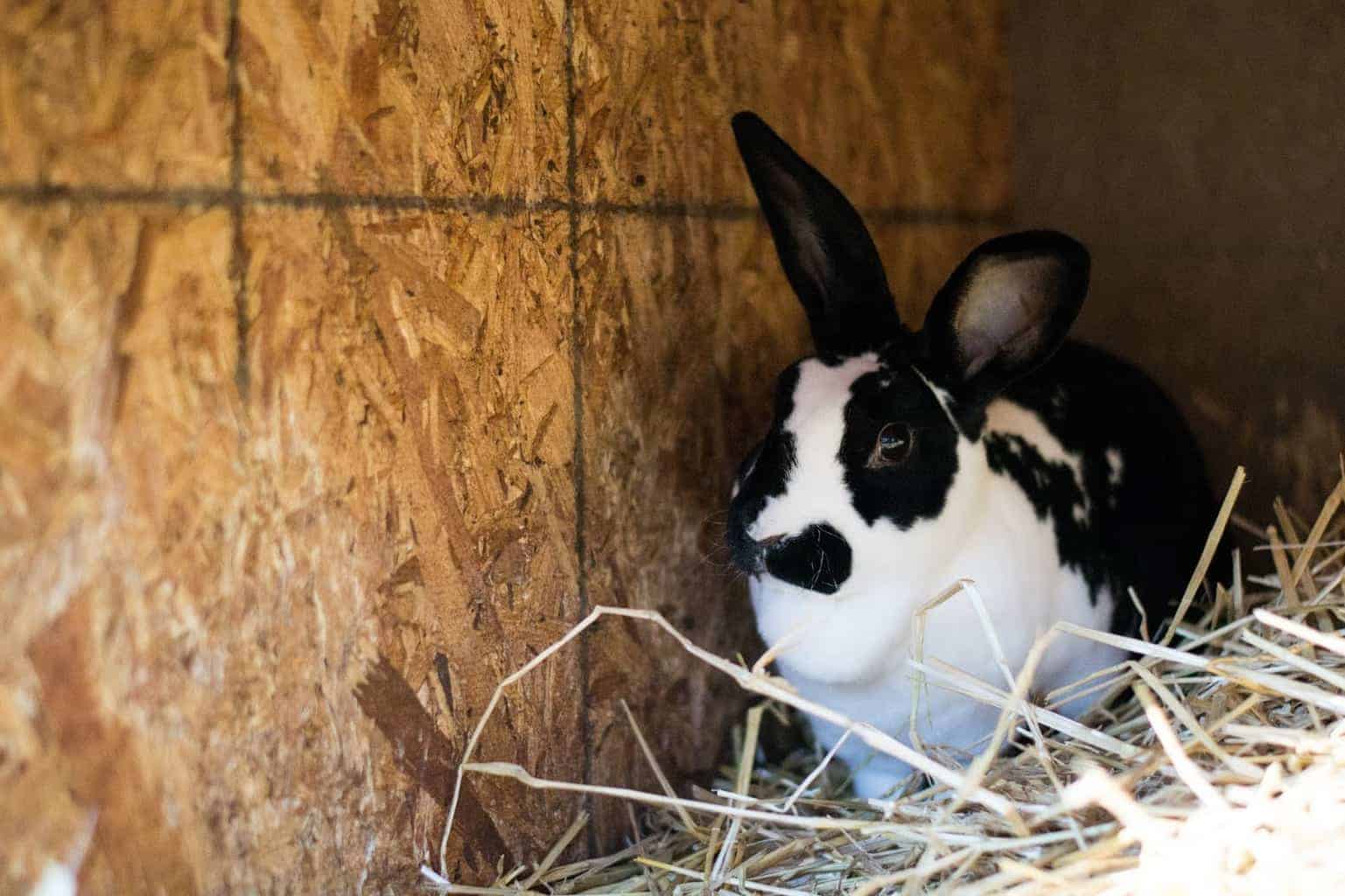
Leave a Reply